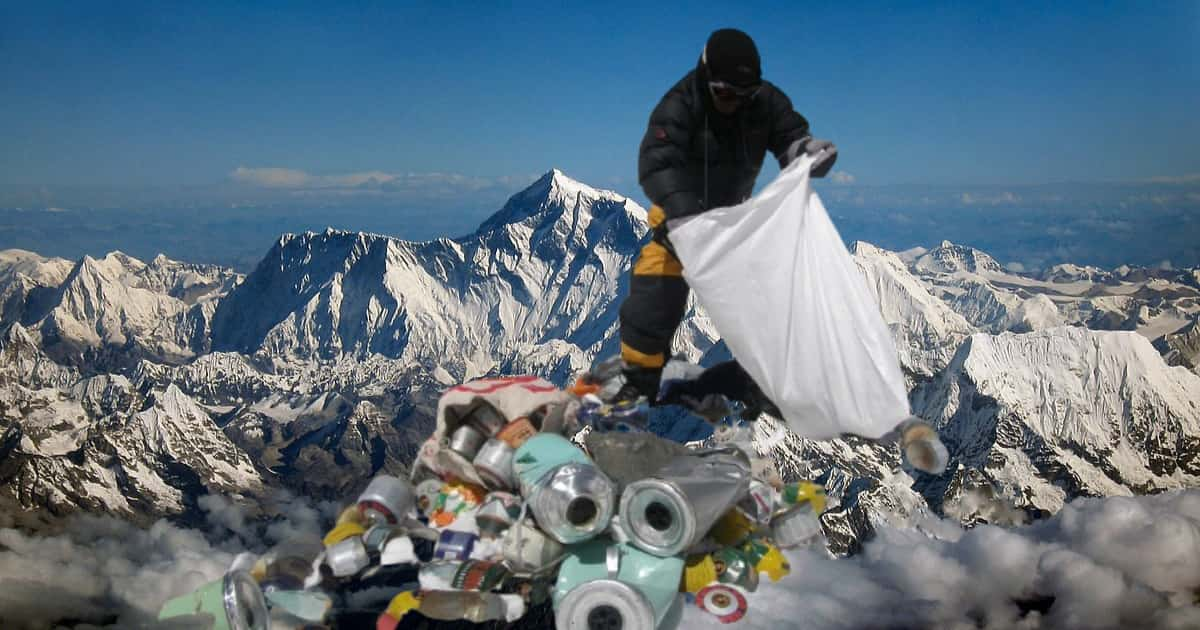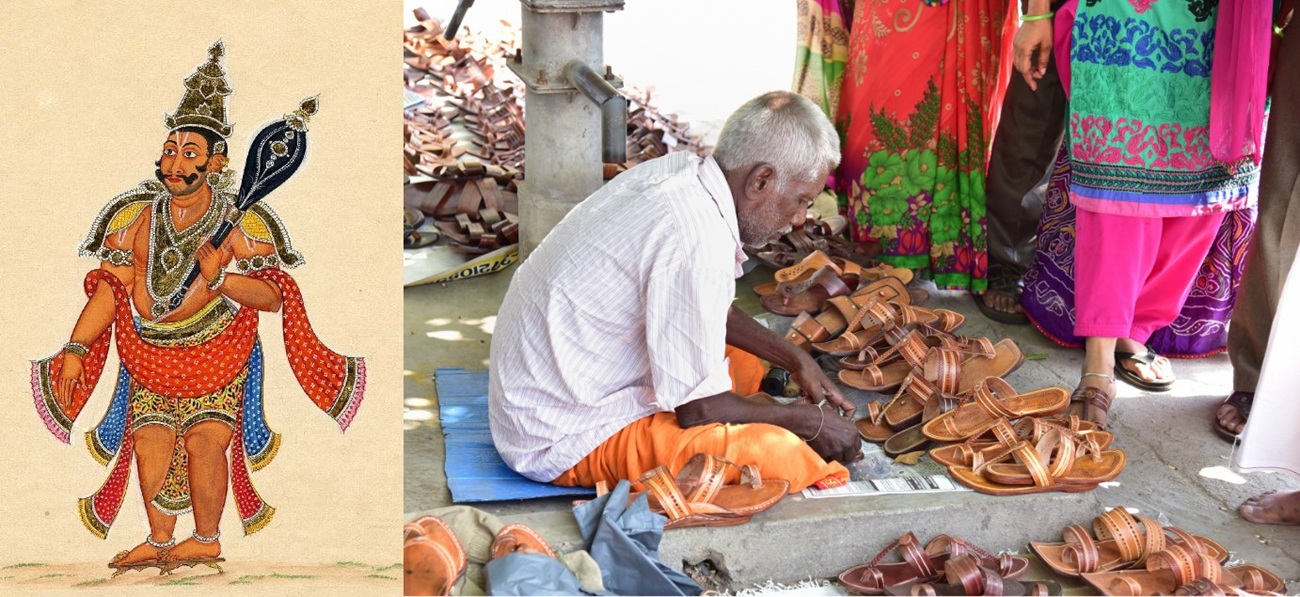
Mount Everest's highest camp, the South Col, is buried under tons of garbage and human remains, a testament to decades of climbing expeditions that left behind more than just footprints. According to Ang Babu Sherpa, who led a team tasked with clearing the waste, cleaning up the area will take years. The team, funded by the Nepal government, removed 11 tons (24,000 pounds) of garbage, four dead bodies, and a skeleton during this year’s climbing season.
“The garbage left there was mostly old tents, some food packaging, gas cartridges, oxygen bottles, tent packs, and ropes used for climbing and tying up tents,” said Ang Babu Sherpa. He added that much of the trash is frozen in layers at the 8,000-meter (26,400-foot) altitude where the South Col camp is located. This high-altitude environment makes the cleanup process extremely challenging.
Decades of Neglect
Since Sir Edmund Hillary and Tenzing Norgay first conquered Everest in 1953, thousands of climbers have attempted to reach the summit. Many left behind equipment and supplies, contributing to a growing environmental issue. Although recent regulations require climbers to bring back their garbage or forfeit their deposits, the bulk of the waste stems from earlier expeditions.
“Most of the garbage is from older expeditions,” noted Ang Babu Sherpa. The team of Sherpas and soldiers faced harsh weather conditions, including low oxygen levels, blizzards, and freezing temperatures, making their task even more formidable.
A Grueling Task
Collecting the garbage and bodies from the higher altitudes required weeks of effort during the more favorable spring climbing season. The Sherpas tackled the higher regions while soldiers focused on lower levels and the base camp.
Ang Babu Sherpa described the difficulties: “We had to wait for good weather when the sun would melt the ice cover. But waiting a long time in that altitude and conditions is just not possible. It's difficult to stay for long with the oxygen level very low.” Digging out the garbage, which is often frozen solid, was a painstaking process.
The recovery of bodies was particularly arduous. One body near the South Col, frozen in a standing position, took two days to extract from the ice. Another body, located at 8,400 meters (27,720 feet), took 18 hours to drag to Camp 2 for helicopter retrieval. The remains were flown to Tribhuvan University Teaching Hospital in Kathmandu for identification.
Managing the Waste
Of the 11 tons of garbage removed, three tons of decomposable items were taken to villages near Everest's base, while the remaining eight tons were transported to Kathmandu. There, it was sorted for recycling by Agni Ventures, an agency specializing in recyclable waste management.
Sushil Khadga of Agni Ventures noted, “The oldest waste we received was from 1957, and that was rechargeable batteries for torch lights.”
To preserve the pristine environment of the Himalayas, climbers should adhere to specific guidelines:
Do’s:
1. Carry out what you carry in: Ensure all waste, including food packaging and oxygen bottles, is brought back.
2.Use reusable equipment: Opt for reusable containers and gear to minimize waste.
3. Follow local regulations: Comply with government mandates regarding waste disposal and environmental protection.
Don’ts:
1. Abandon equipment: Do not leave tents, ropes, or other gear on the mountain.
2. Ignore waste management plans: Make a thorough plan for handling waste before embarking on the expedition.
3. Overlook the impact: Remember that even small amounts of trash can accumulate over time, causing significant environmental harm.
By following these guidelines, climbers can help protect Everest’s fragile ecosystem for future generations. The massive cleanup effort at South Col serves as a stark reminder of the importance of responsible mountaineering practices.
Popular Categories
Read More Articles
Business
D2C plant-based nutrition brand Earthful is hiring Moms to Speak on Menopause & is offering ₹1 Lakh Stipend! by Awadh 360° Desk December 15, 2025India
Appropriation vs. Appreciation: Reclaiming Indian Culture, Craft and Credit by Mohammed M. Raza December 13, 2025Politics
BJP turns to OBC leader Pankaj Chaudhary for UP top post by Awadh 360° Desk December 13, 2025Business
KGMU, Aditya Birla Capital Inaugurate State-of-the-Art BMT Ward to Transform Cancer Care in Uttar Pradesh by Awadh 360° Desk December 12, 2025



